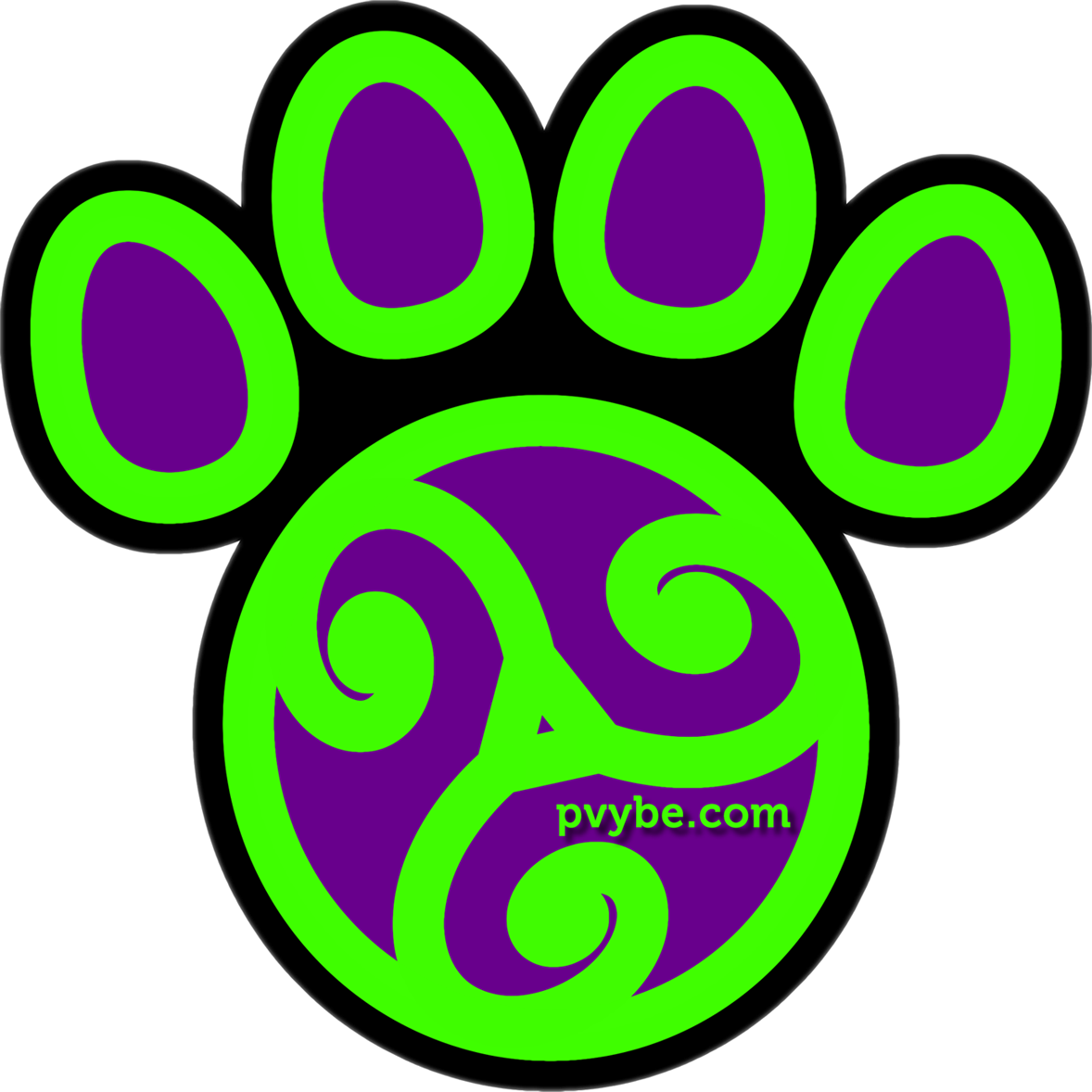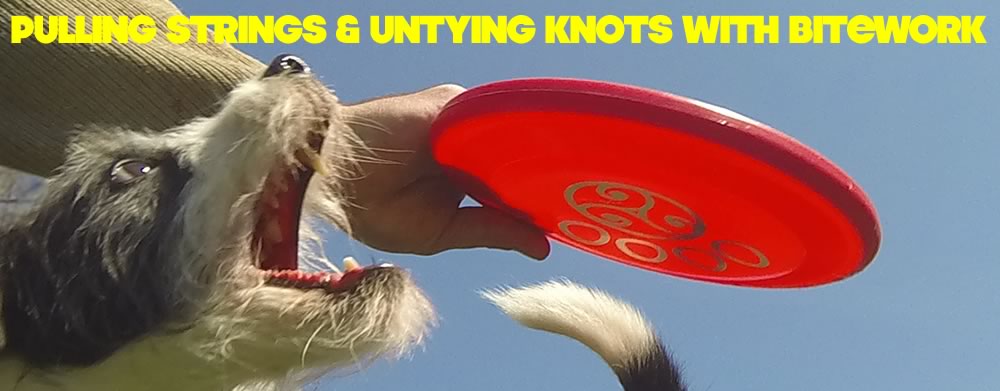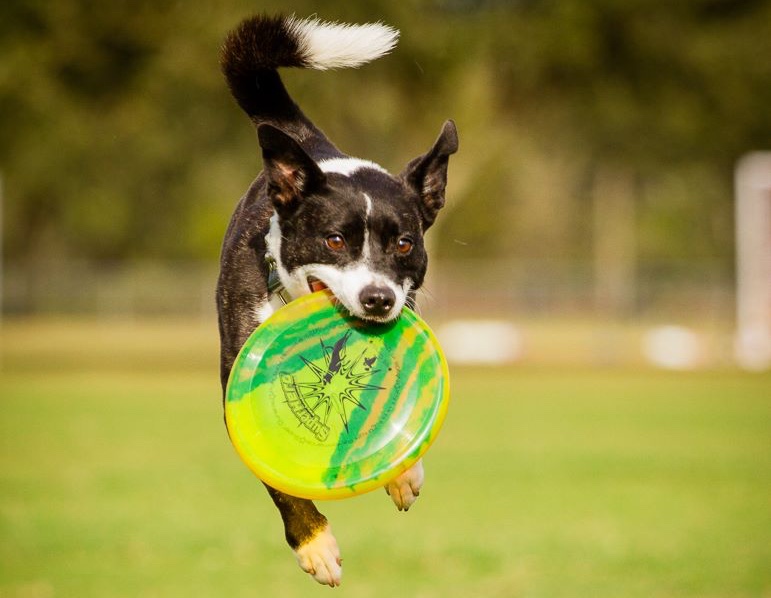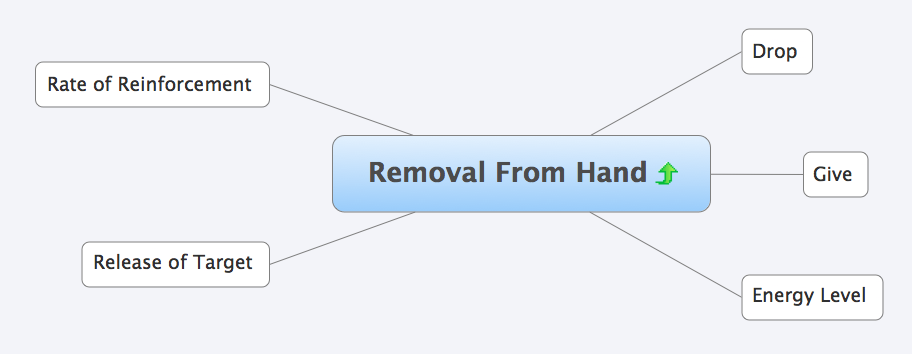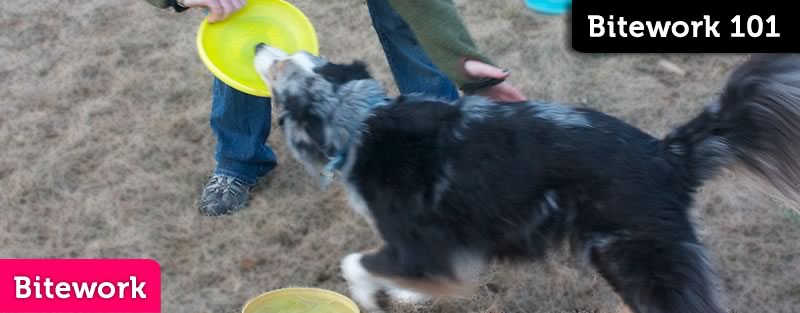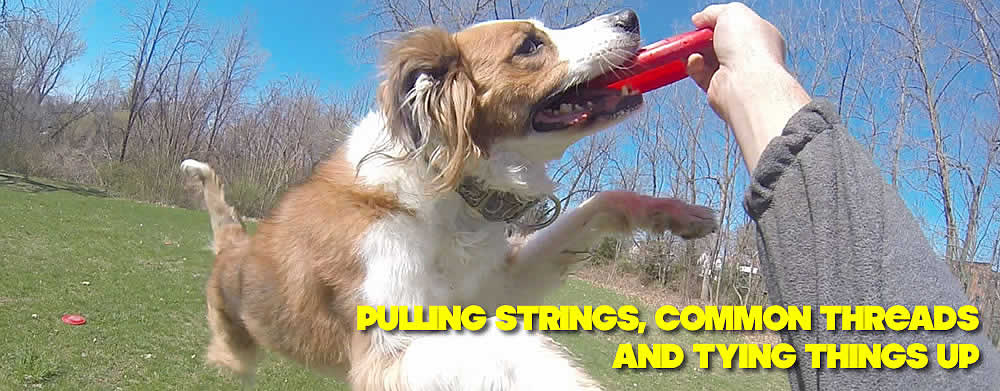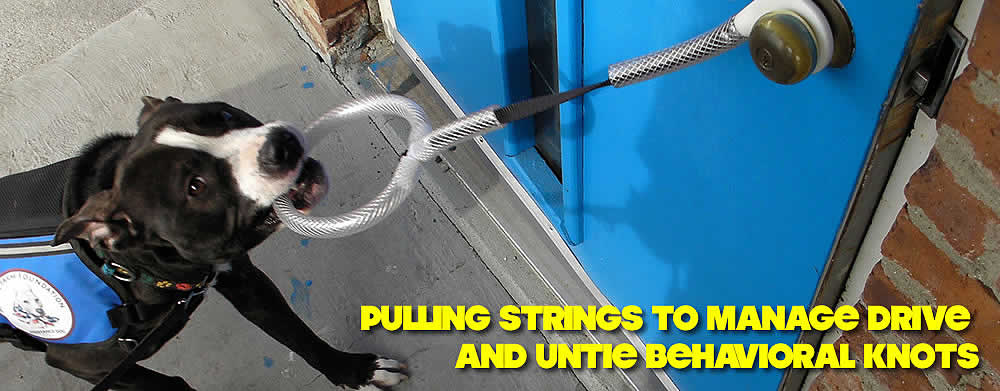
10 Strings to Pull to Manage Drive and Untie Behavioral Knots – Pt 2
The last two installments of this series outlined the behavioral strings and knots metaphor and examined 5 ‘strings’ of behavior and their relationship to behavioral knots and to each other. I am going to continue to stretch this metaphor and cover some less tangible behavioral strings that are precursors and requirements for engagement, interaction, and drive management. Oh, and I’ll talk about the Give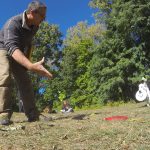 The Give is a retrieve to the hand. A cued Give is a foundational skill that is not super useful in the actual performance of disc dog freestyle, and has huge applications for... More too…
The Give is a retrieve to the hand. A cued Give is a foundational skill that is not super useful in the actual performance of disc dog freestyle, and has huge applications for... More too…
Rate of Reinforcement

We measure Rate of Reinforcement as Cookies Per Minute (CPM) here at Pawsitive Vybe. Bitework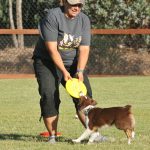 Bitework is an activity or a game that consists of biting and dropping a toy on cue. Cued Bites and cued Drops (and Gives) can be used to teach and reinforce many behaviors.... More is a game where the CPM
Bitework is an activity or a game that consists of biting and dropping a toy on cue. Cued Bites and cued Drops (and Gives) can be used to teach and reinforce many behaviors.... More is a game where the CPM CPM means cookies per minute. It is a fun expression for rate of reinforcement, a very important dog training concept. CPM should be between 15 to 30 CPM when learning or adding value... More can get to 100+, that’s a hundred plus cookies in a minute. Needless to say when working on untying a behavioral knot like failure to drop, running away with the object, or mauling or something like that, your Rate of Reinforcement
CPM means cookies per minute. It is a fun expression for rate of reinforcement, a very important dog training concept. CPM should be between 15 to 30 CPM when learning or adding value... More can get to 100+, that’s a hundred plus cookies in a minute. Needless to say when working on untying a behavioral knot like failure to drop, running away with the object, or mauling or something like that, your Rate of Reinforcement Rate of Reinforcement can be expressed in terms of Cookies Per Minute (CPM). How many cookies delivered over time has a great impact on dog training. Traditional positive training says you should shoot... More will suffer. Tug on that string, and this one loosens or tightens, that’s how knots work It’s OK for this to happen, but if it always happens, like you are always working on something, then bitework can become boring and that’s not cool. So don’t sweat a reduction in CPM, but don’t allow it to become the norm if you can help it. Lots of times a smaller space can be a lifesaver here (I’m talking kitchen or bathroom sized space…) A really high Rate of Reinforcement can shut off some critical thinking skills by the dog and allow them to go on autopilot. This can be really awesome for conditioning the Drop on cue by pairing the Drop cue with the Drop behavior a hundred times a minute. But it can also allow the game to get away from you. Be sure to syncopate your bitework with pauses before the Bite Cue, Attention, perhaps a Give here and there in order to keep your dog on their toes and their brains on the game.
Rate of Reinforcement can be expressed in terms of Cookies Per Minute (CPM). How many cookies delivered over time has a great impact on dog training. Traditional positive training says you should shoot... More will suffer. Tug on that string, and this one loosens or tightens, that’s how knots work It’s OK for this to happen, but if it always happens, like you are always working on something, then bitework can become boring and that’s not cool. So don’t sweat a reduction in CPM, but don’t allow it to become the norm if you can help it. Lots of times a smaller space can be a lifesaver here (I’m talking kitchen or bathroom sized space…) A really high Rate of Reinforcement can shut off some critical thinking skills by the dog and allow them to go on autopilot. This can be really awesome for conditioning the Drop on cue by pairing the Drop cue with the Drop behavior a hundred times a minute. But it can also allow the game to get away from you. Be sure to syncopate your bitework with pauses before the Bite Cue, Attention, perhaps a Give here and there in order to keep your dog on their toes and their brains on the game.
Give
The Give is an amazing behavior. It is not Drop. If you’ve got a Drop cue that functions as both Drop or Give, change it. It’s important. I would not have thought that a few years ago, but it is. All Gives have a Drop component to them, teeth off, but there is an additional localized idea that distinguishes the Give from the Drop. This is what makes the Give such a spiffy string to pull when working on things like the Drop with Bitework. The Give and the Bite or Take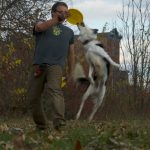 A Take is a cued Bite that replicates the placement and timing of a throw. Usually used with overs, vaults, and flips, the Take is a powerful teaching tool for creating habitual leaping... More It string are essentially the same. They’re each end of the rope. They are a backchain of one another. Rewind them on video and you can’t hardly tell the difference. The Give starts with teeth on, putting it in the hand, the Bite starts with Teeth off taking it out of the hand. That moment the dog and handler are sharing it? That’s exactly the same. The only difference is the Load on the disc and intent of dog and handler. It’s kind of mind blowing to know that’s the same string, but it really is. When working on the Give it’s common to get a reduction in CPM, a reduction or an increase in energy level of the game, which could promote checking out and disengaging. Regrabbing and forcing that Give kind of backchain is a great solution to these issues. Working a solid Give, especially with Bite reinforcement, does a great job of keeping the value on the handler and keeping the dog engaged which will help keep the last three strings below from knotting up on you.
A Take is a cued Bite that replicates the placement and timing of a throw. Usually used with overs, vaults, and flips, the Take is a powerful teaching tool for creating habitual leaping... More It string are essentially the same. They’re each end of the rope. They are a backchain of one another. Rewind them on video and you can’t hardly tell the difference. The Give starts with teeth on, putting it in the hand, the Bite starts with Teeth off taking it out of the hand. That moment the dog and handler are sharing it? That’s exactly the same. The only difference is the Load on the disc and intent of dog and handler. It’s kind of mind blowing to know that’s the same string, but it really is. When working on the Give it’s common to get a reduction in CPM, a reduction or an increase in energy level of the game, which could promote checking out and disengaging. Regrabbing and forcing that Give kind of backchain is a great solution to these issues. Working a solid Give, especially with Bite reinforcement, does a great job of keeping the value on the handler and keeping the dog engaged which will help keep the last three strings below from knotting up on you.
This is not a Recall. A Recall is just a pain in the dog’s ass. Capture that reorientation and let the dog believe they are hustling you with it. Reorientation could also fit adjustments of position in front of the handler.
Reorientation
Reorientation is usually about reorienting to the handler, but it can also be to an object or towards the task at hand. Reorientation is about position and movement. When the Dog commits to something awesome, like the toy or the handler, that can and should be marked as far as reward history goes. This sometimes is the weak link of the Recall and Retrieve behaviors, and it rarely gets any thought from handlers. Marking Reorientation in Bitework is a great way to keep the dog on task and to avoid distractions. Following it up with a Bite and then more play in front of the handler really reinforces the idea that lining up on the handler is a good thing. This is super important for dogs that are checking out. Reorientation directly affects the Rate of Reinforcement string giving us more bonafide behaviors to mark and reinforce, usually with a Bite or more play. If Reorientation is well reinforced and has a good reward history then a host of problems with dogs (quitting, mauling, running away with toy, etc) are far less apt to happen.
Release of Environment
This is another big one that often gets little attention from handlers. Releasing the environment is the most difficult part of a Recall. That initial looking off or disengagement from the environment is a critical piece of behavior, a critical string, to untying the low drive, distracted, and disengaging sport dog knots. Ironically, it’s also one of the least marked and least reinforced behaviors out there. Pulling on this behavioral string solves a bunch of drive problems as mentioned above. It allows the dog a bit of control the energy level and Rate of Reinforcement strings. If you are having problems with engagement or drive, this string can and should be pulled early and often and reinforced with the Bite. It’s also a great time to cue a Drop as well. Again, resist the urge to Recall your dog. Shape it, capture that Release of the Environment a bunch of times and let it lead to disc crushing Bites & more intense play and you won’t need to capture it again. Your dog will do it.
Release of Target
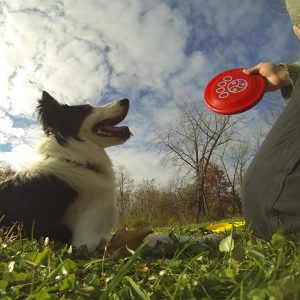 This is an important piece of bitework, and also one that is not used a lot. It’s pretty much a leave it, but when it comes to a disc or a favorite tug, it’s not a simple leave it. Attention is a great skill to use here as are Reorientation and Release
This is an important piece of bitework, and also one that is not used a lot. It’s pretty much a leave it, but when it comes to a disc or a favorite tug, it’s not a simple leave it. Attention is a great skill to use here as are Reorientation and Release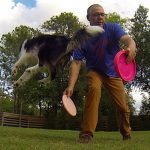 Release has many meanings in disc. Throws and throw variations can be referred to as releases. Sometimes you talk about the dog releasing something, the toy, or the environment, as in to stop... More of the Environment. If you have a great history on those skills, getting the dog to release the target is not really a problem. First off, start with control over the objects and Do Attention (unsolicited eye contact
Release has many meanings in disc. Throws and throw variations can be referred to as releases. Sometimes you talk about the dog releasing something, the toy, or the environment, as in to stop... More of the Environment. If you have a great history on those skills, getting the dog to release the target is not really a problem. First off, start with control over the objects and Do Attention (unsolicited eye contact Unsolicited eye contact or Attention is a great way to hook up with a dog. If you have something the dog wants he should give eye contact in order to get access to... More). Reinforce with Bite. This will slow down your Rate of Reinforcement a bit, but it’s cool, the dog has a simple yet exciting job to do. And don’t rush to offer the Bite – put a pause in there before you cue your Bite. The dog will learn that they look to you when they want the opportunity to bite. Working with a toy already on the floor? It’s best to do with cookies. Start by freeshaping the Drop and reinforce with food. After that, it’ is just like shaping the Reorientation and Release of the Environment. (By the way, it really is that easy.) Working the Release of the Target can really loosen up the energy level string and can help reinforce the Drop as well tighten up your dog’s Release of the Environment and Reorientation.
Unsolicited eye contact or Attention is a great way to hook up with a dog. If you have something the dog wants he should give eye contact in order to get access to... More). Reinforce with Bite. This will slow down your Rate of Reinforcement a bit, but it’s cool, the dog has a simple yet exciting job to do. And don’t rush to offer the Bite – put a pause in there before you cue your Bite. The dog will learn that they look to you when they want the opportunity to bite. Working with a toy already on the floor? It’s best to do with cookies. Start by freeshaping the Drop and reinforce with food. After that, it’ is just like shaping the Reorientation and Release of the Environment. (By the way, it really is that easy.) Working the Release of the Target can really loosen up the energy level string and can help reinforce the Drop as well tighten up your dog’s Release of the Environment and Reorientation.
Wrap Up Tomorrow
I’m going to tie all this up in the next and final piece in this series tomorrow.
